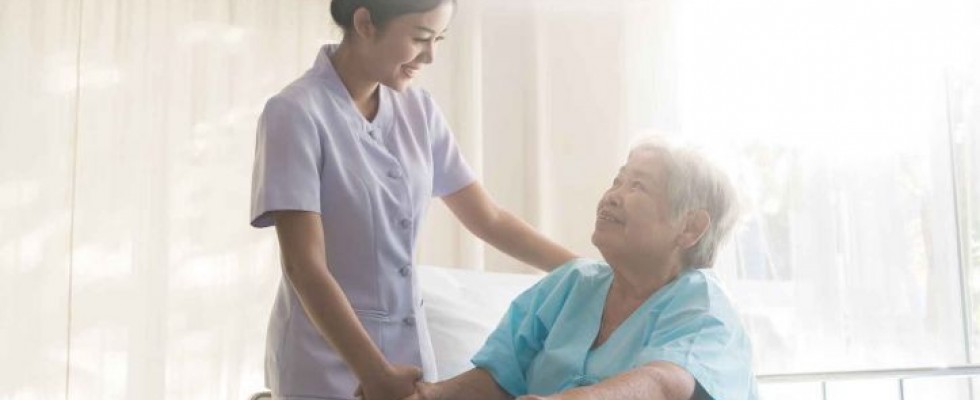
When a post-op patient requires the products on your home medical equipment (HME) shelves, it’s safe to assume they are looking for solutions for a smooth transition from the hospital to a safe and simple recovery process at home.Some customers who enter your store might be recovering from surgery for heart issues, or a mastectomy or abdominal issues, and typically need more support than a single product can provide. Other customers are facing an upcoming surgery, or the surgery of a loved one, and want to be as prepared as possible for any event during the recovery process.
That’s why HME retailers must serve as the frontline of support and patient well-being in the post-acute recovery process. While one product might often be a quick fix, a range of equipment and supplies should be considered prior to surgery or hospital discharge. While not every potentially suitable product is necessary in a patient’s recovery, each one should be considered in alignment with the patient’s recovery goals and health condition.
1.Seat lift chair
Post-acute patients may not be able to stand from a standard chair, recliner or couch for at least the first two weeks following a procedure. Attempting to do so may be dangerous, as patients risk pulling stitches or staples open, loss of balance and falls when getting up or being helped up from a seated position.
2. Bedside commode
This device raised to its highest position makes it easier to transfer to and from the toilet. During the night, the bedside commode is placed beside a chair or bed. Some devices have the ability to be placed over the top of the toilet and have a splash guard instead of a bucket for use during the day with more mobile patients.
3. Disposable underpads
For post-acute patients and those aging in place with urine or fecal incontinence, disposable pads help protect seat cushions and bed linens in the home and in the car.
4. Hand sanitizer
Germ-fighting products help prevent infection, which is a major concern for both patient and home health agencies. Clean hands for both caregiver and patient are mandatory. Also consider using disinfectant spray on hard surfaces throughout the home.
5. Toilet paper
Provide extra to keep on hand in the bathroom and elsewhere in the home. Wet wipes are also handy for any type of easy cleanup.
6. Pill organizers
Consider one for nighttime and one for daytime, for a seven-day period. Depending on the plan of care and medication needs, medication management tools may be needed for more than seven days.
7. Extra pillows
These are necessary as the patient figures out comfortable positions for sitting and sleeping following surgical procedures.
8. Manual wheelchair
Note that a person may not have the upper-body strength to self-propel the chair following a surgical procedure. However, caregivers may not be able support a person who attempts to walk.
9. Gait belt
A gait belt gives the caregiver better ability to support and guide the person who is ambulating.
10. Walker or rollator
These products assist with balance while walking, and help patients gain independence throughout the recovery process.
11. Heating pads
Two heating pads are recommended. If appropriate for condition, place them on pain centers during rest or sleep.
12. Hibiclens soap
This is a special soap used to clean wound areas. Often, the hospital will send some home with a patient.
13. Gloves
Wearing gloves is essential to infection control for both patient and caregiver.
14. Reacher
This product is for picking up items from the floor or a high shelf. During most stages of recovery, it is unsafe for patients to bend down to pick things. Although a patient may want to try, the use of a reacher is a much safer alternative.
15. Washcloths
The washcloth is a critical piece of HME. As many as five may be needed to clean wound areas twice daily.
In addition to products, consider the patient’s well-being. After being discharged from the hospital, a patient may initially spend up to 24 hours a day in a single room while recovering at home.
Next, consider the caregiver. Will he or she initially need to stay in the recovery room? Sleep, especially in the first two weeks, can be difficult because of the patient’s pain level, and it might be necessary to assist the patient on and off the bedside commode.
During recovery from surgery, it is crucial to establish and meet small goals, for both the patient’s well-being and a quicker, healthier recovery.
